Flashback: the Snapdragon 625 efficiently conquered the mid-field in 2016

Some chipsets are remembered more fondly than others - the Snapdragon 810 has quite a story to tell, but today we are feeling in a positive mood so let's look at the Snapdragon 625.
The Snapdragon 625 was unveiled in February of 2016 and became the first 600-series chip to be made using the power efficient 14nm node. Its predecessor, the Snapdragon 617, was fabbed on a 28nm node and it showed.

The new 625 used 35% less power than its predecessor in typical daily use. To put that in perspective, if a phone with the old chip had just enough battery to last from 6am to 6pm, that same phone would have made it well into the evening if it was powered by the new chip instead.
Long battery life became one of Snapdragon 625's calling cards. It was very efficient and just fast enough to power a great variety of mid-rangers - today we will have a look at some of the more interesting devices that used the 625.
But first, let's introduce the hardware. The CPU had eight Cortex-A53 cores, not the fastest cores in the world, but the 14nm node allowed them to reach clock speeds of up to 2.0GHz. For comparison, the previous chip also had A53s, but they were split in a 4x 1.5GHz + 4x 1.2GHz configuration.
The Snapdragon 625 had dual ISPs that could handle cameras up to 24MP and even 4K video recording (using both AVC and HEVC). This was normally left to higher end chips like the Snapdragon 650/652.

The chip also enabled a solid (for the mid-range) connectivity suite. It had an X9 LTE modem - up to 300Mbps downlink, 150Mbps uplink - and a Wi-Fi 5 (ac) modem for speeds up to 433Mbps. There was also Bluetooth 4.1 on board, as well as support for GPS, GLONASS, Galileo and Beidou.
The Snapdragon 625 had everything that a phone in the lower altitudes of the mid-range segment needed. Performance was solid though not ground breaking and the limit to FHD class displays prevented more premium applications (you needed at least a Snapdragon 650 if you wanted a QHD display).
Asus was an early adopter with the Zenfone 3 series. The ZE552KL was fitted with a 5.5" 1080p display and managed to squeeze out 74h endurance rating out of a 3,000mAh battery (the phone was pretty slender at 7.7mm).
The Zenfone 3 Deluxe 5.5 ZS550KL was an interesting device - its name was dangerously similar to the ZS5570 Deluxe, which featured the Snapdragon 820 and 821. The ZS550KL, however, got the Snapdragon 625 instead. Also a different screen, different cameras, etc.
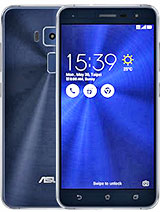
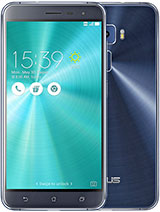
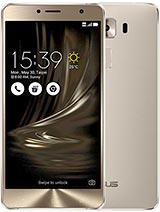
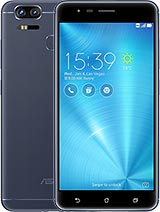
Asus Zenfone 3 ZE520KL • Zenfone 3 ZE552KL • Zenfone 3 Deluxe 5.5 ZS550KL • Zenfone 3 Zoom ZE553KL
Was the 625 really fast enough to measure up to the 820? Well, yes and no, mostly no. The A53 cores were slow individually, though the eight of them together managed to outscore a Snapdragon 820 powered OnePlus 3 by a hair in the Geekbench 4 multi-core test. The GPU, however, was nowhere near close.
Another phone that might have caused confusion and disappointment with its name was the Zenfone 3 Zoom ZE553KL. The "zoom" here was only a 2.3x lens fixed at 59mm, nothing like the variable focal length periscope in the original Zenfone Zoom (ZX550).
Xiaomi used the Snapdragon 625 in multiple devices too, including the Mi A1, its first Android One phone. Back then it was met with excitement. Several botched updates tempered that excitement, though that wasn't 625's fault. The chip was also reused for the Mi A2 Lite from the following year.
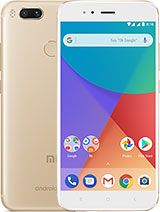
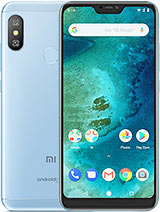
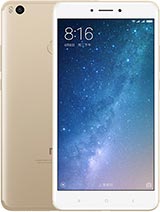
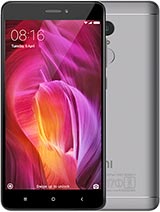
Xiaomi Mi A1 (Mi 5X) • Xiaomi Mi A2 Lite (Redmi 6 Pro) • Xiaomi Mi Max 2 • Xiaomi Redmi Note 4
Another noteworthy Xiaomi from that era is the Mi Max 2, a behemoth with a 6.44" display - remember, this was back in the 16:9 era, so this device was 174.1mm tall and 88.7mm wide. It packed a large 5,300mAh battery, which stretched to 126h endurance rating thanks to the efficient chipset.
The 625 was also used in the fan-favorite Redmi Note 4. With a good quality 5.5" 1080p display, an aluminum frame, decent camera and impressive battery life - 119h endurance rating, even though the battery was only 4,100mAh - made this one of the top bang for the buck phones of the time.
Samsung used the chip too, for example on the Galaxy C7. This fairly affordable phone was equipped with a large 5.7" Super AMOLED with 1080p resolution, an aluminum frame and a fairly small 3,300mAh battery that nevertheless scored 100h on our endurance test. That's the magic of the Snapdragon 625.
The 625 was also used in some regional devices like the Galaxy On7 (2016) that launched in China and South Korea and the very similar Galaxy J7 V for US carriers.
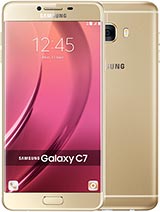
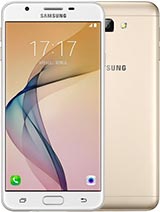
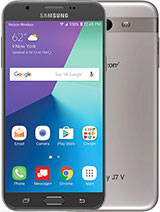
Samsung Galaxy C7 • Samsung Galaxy On7 (2016) • Samsung Galaxy J7 V
Motorola and Lenovo had some fun devices too. The Moto Z Play was the affordable Z phone but maintained compatibility with the innovative (if ill-fated) Moto Mod modular system. There were also the much more standard phones like the Moto G5 Plus and G5S Plus.
Several Lenovo tablets used the 625, for example, the Yoga Tab 3 Plus with its unusual "folded magazine" style bottom side that held a chunky speaker and a kickstand. There were also more slender devices like the 7mm Lenovo Tab 4 10 Plus.
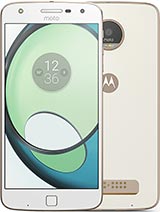
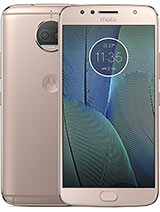
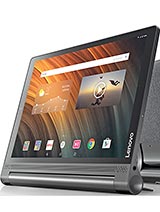

Motorola Moto Z Play • Motorola Moto G5S Plus • Lenovo Yoga Tab 3 Plus • Lenovo Tab 4 10 Plus
After the failure of the premium Passport and Priv, BlackBerry tried with something more affordable. The BlackBerry Keyone was a portrait device with a 4.5" display and a hardware QWERTY keyboard - and a Snapdragon 625, of course. This was post BlackBerry OS so it ran Android 7.1 Nougat at launch.
A few months later came the all-touchscreen BlackBerry Motion with a 5.5" 1080p display. This one also launched with Nougat that felt more suitable for the hardware - BB OS had clever keyboard-related shortcuts, while Android had shed its keyboard reliance very early on.
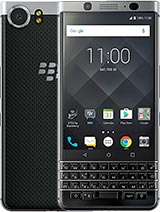
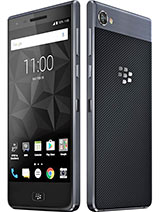
BlackBerry Keyone • BlackBerry Motion
One fairly unique device with the Snapdragon 625 was the YotaPhone 3. This dual screen phone had a 5.5" AMOLED panel (1080p) on one side and a 5.2" e-Ink display on the other (720p). The e-Ink display had capacitive touch and was always on, constantly showing informative widgets.
We will finish our trip down memory lane with the ZTE Spro Plus, a curious smart projector. It was a tablet of sorts with an 8.4" AMOLED display (2,560 x 1,600px) and ran Android 6.0 Marshmallow. Obviously, the most important feature was the 500 lumen laser projector (1,366 x 768 px) that could create an 80" image at 2.4m distance. With a massive 12,100mAh battery, 4W Harman speakers and a built-in LTE modem, this could create a personal cinema anywhere.




The ZTE Spro Plus Android-powered projector/tablet
We skipped over quite a few Snapdragon 625 powered devices - there are 48 devices in our database and that doesn't count odd gadgets like the Spro. The very first Huawei nova used the 625, for example, as did a large number of ZTE phones.
The last phones with the 625 came out in 2018, two years after the first ones launched - this was a testament to the capability and popularity of the chipset.
Qualcomm also released the Snapdragon 626 in 2016, a slightly overclocked version, which ran its eight Cortex-A53 cores at 2.2GHz (up from 2.0GHz). This version was used in several phones, the last of which was released in 2019.
These days the Snapdragon 680 carries on the work started by the 625, a popular chipset that fulfills the requirements of cheap, efficient, decently powerful and with a 4G modem built in.
Related
Reader comments
- NASAIT
- 21 Mar 2023
- mww
I absolutely agree. The 695 is absolute garbage. What makes me hate it even more is that companies like Xiaomi who used to make INSANE value phones replaced the SD 778G with this steaming pile of garbage and made me resort to Samsung (the Exynos 1280...
- you have to suffer
- 31 Jan 2023
- PA7
695 exists to scam uninformed customers with glossy looking overpriced phones.









 Huawei
Huawei Samsung
Samsung Apple
Apple Xiaomi
Xiaomi Samsung
Samsung


